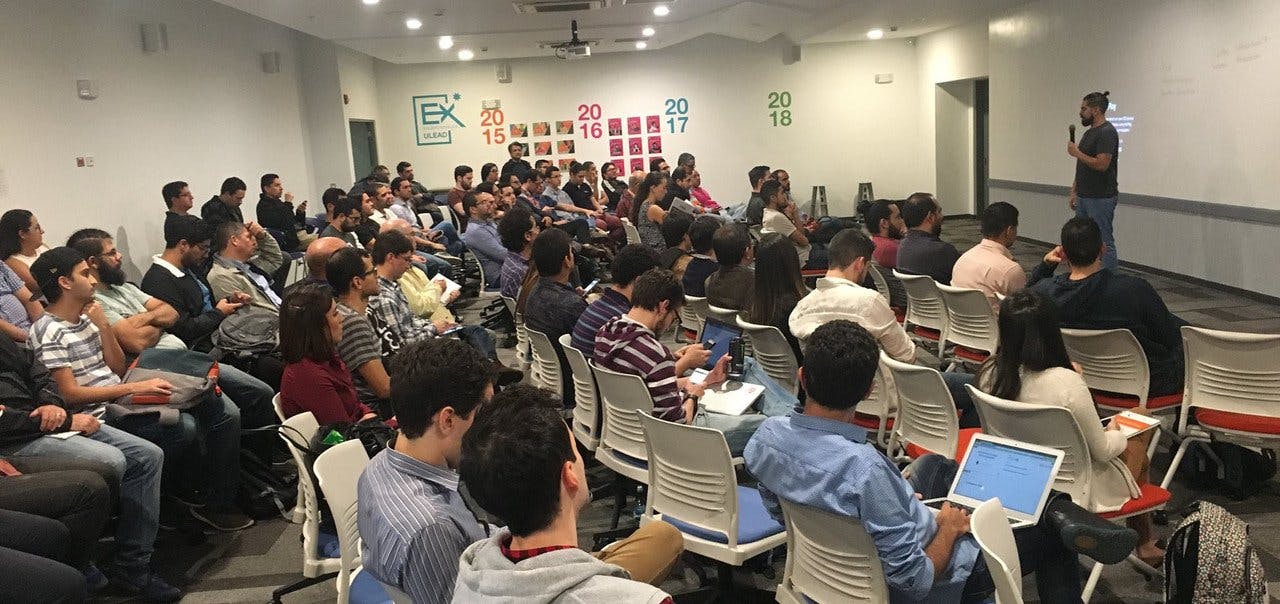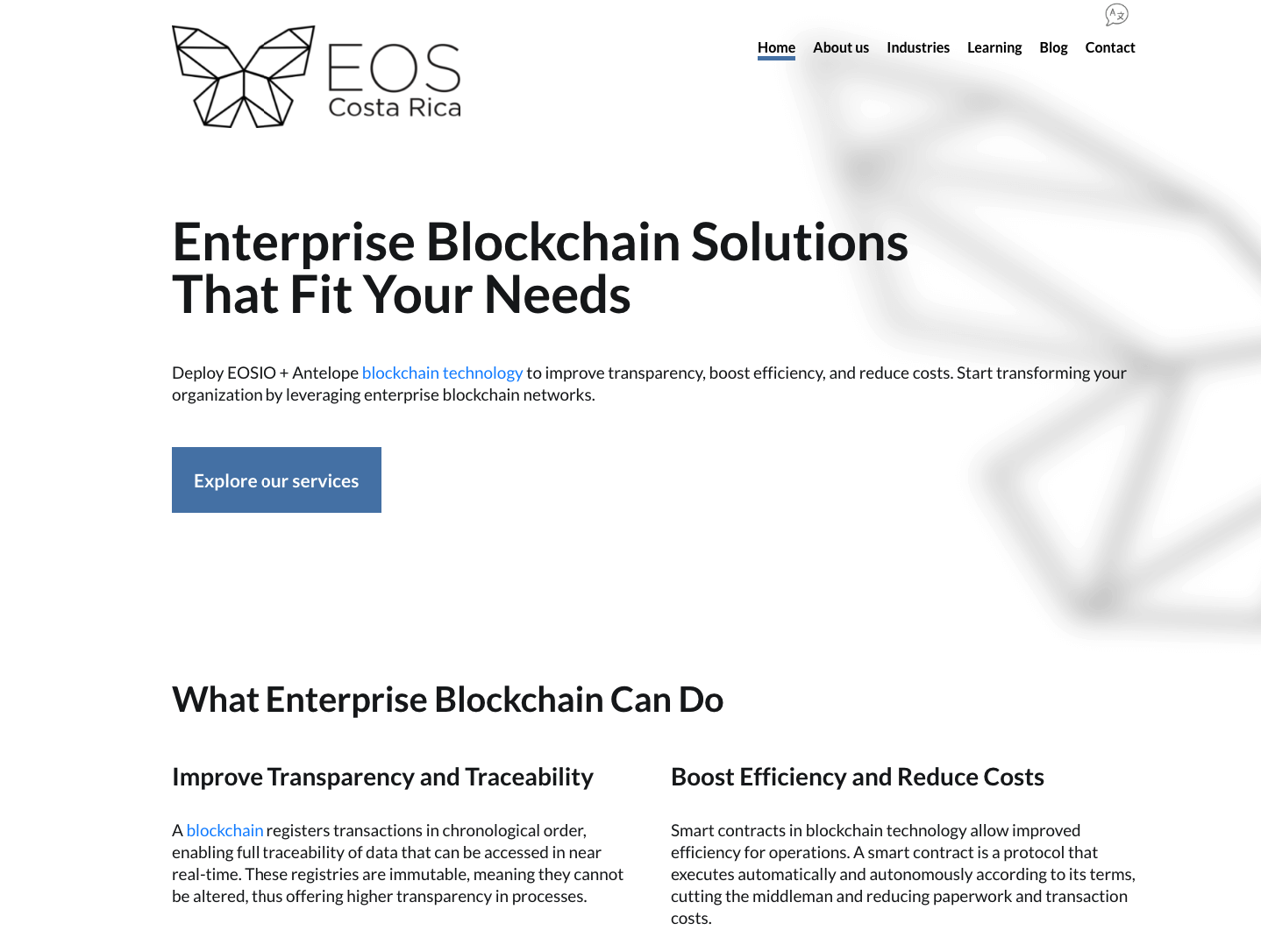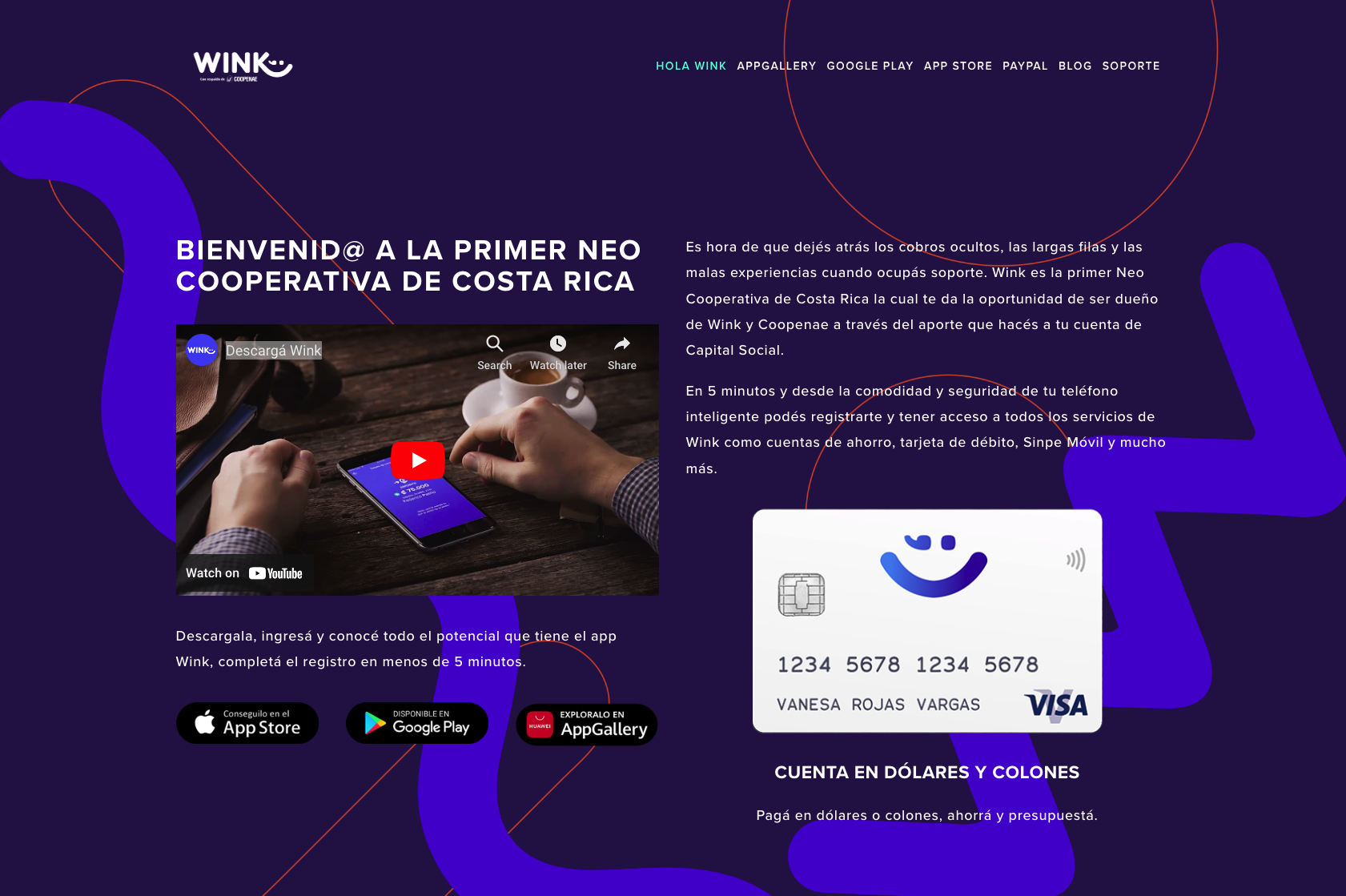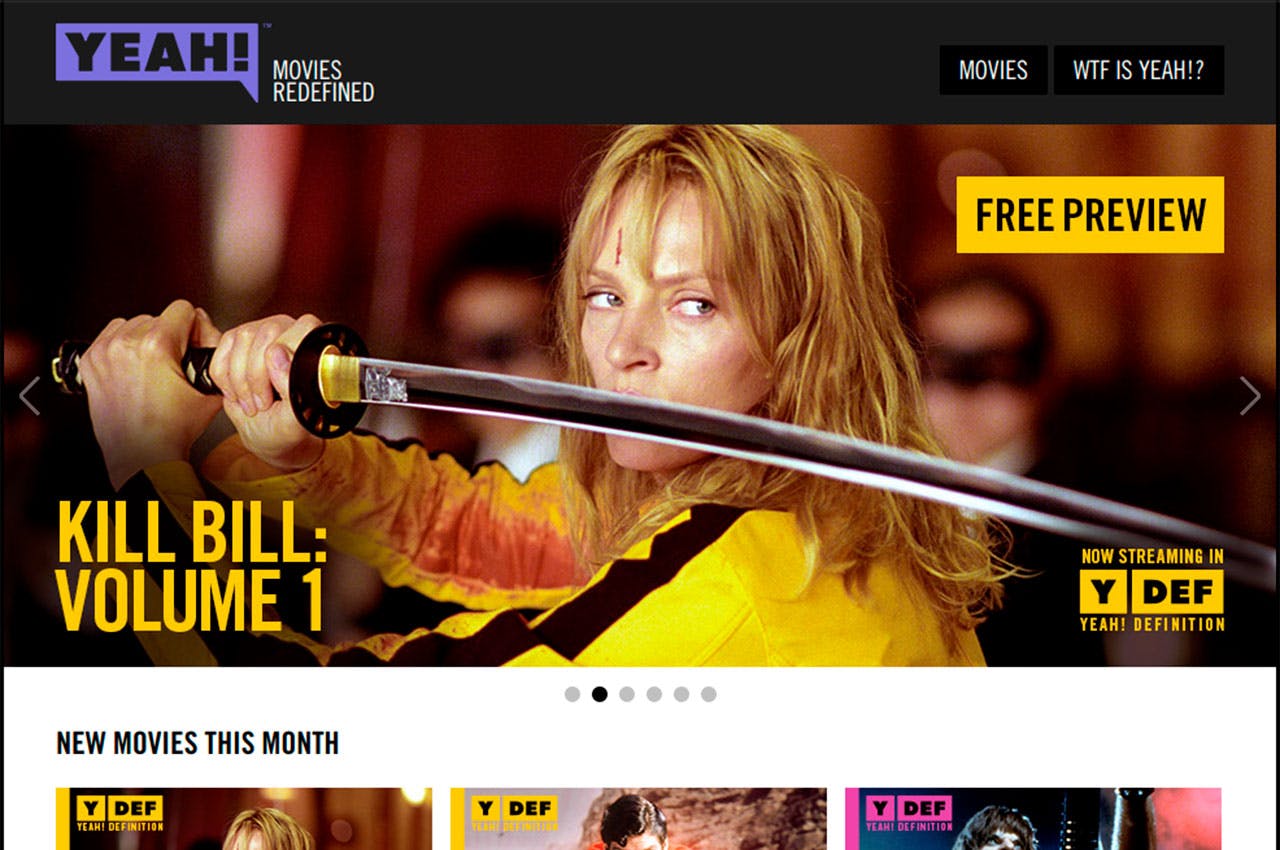Gabo Esquivel - Tech Leadership Experience
My journey into technical leadership began with a realization that great technology alone isn't enough—it requires thoughtful orchestration of people, processes, and tools to create meaningful impact. While I've always loved solving technical challenges, I discovered a deeper satisfaction in empowering teams to achieve outcomes beyond what any individual could accomplish alone. I still remember the moment during an early leadership role when a junior developer I'd been mentoring independently solved a complex problem we'd been tackling—seeing that growth was more rewarding than solving it myself would have been. Throughout my career, I've approached leadership as a balance of vision, empathy and pragmatism—creating environments where innovation can flourish while maintaining the discipline needed to ship quality products. This approach reflects my belief that the best leadership amplifies the capabilities of everyone on the team rather than showcasing the leader's individual talents.

Community Building & Developer Relations
My leadership journey began in an unexpected place—community organizing. In 2010, I founded Costa Rica JS, which started as a small meetup but grew to become Central America's largest JavaScript community with over 2,000 members. This experience taught me crucial leadership skills that would shape my approach throughout my career. I learned how to articulate a technical vision that could inspire others, how to identify and nurture talent, and perhaps most importantly, how to create spaces where knowledge could flow freely between participants of different experience levels.
Organizing NodeSchool Costa Rica workshops further developed my mentorship approach. I discovered that effective technical leadership isn't about having all the answers, but about asking the right questions and creating frameworks that help teams discover solutions collaboratively. These early community leadership experiences established patterns I would later apply in formal leadership roles—focusing on knowledge sharing, creating psychologically safe environments for experimentation, and balancing individual growth with collective progress.
Media Production
My first formal leadership role came at AMC Networks in 2013, where I led the frontend team for YEAH! TV, a streaming movie service launched at SXSW. This project presented a unique challenge: coordinating between creative teams with film expertise and backend engineers focused on content delivery. I remember the tension in early planning meetings—the creative team wanted rich interactive features while the backend team was concerned about technical constraints. My role became that of translator and facilitator, finding technical solutions that could fulfill creative vision without compromising system stability.
This experience taught me the importance of cross-functional communication in technical leadership. I developed processes for creative-technical collaboration, including joint planning sessions where we would prototype interactive elements directly with the creative team. The technical challenge of implementing a streaming platform with 400+ interactive elements per film was significant, but the leadership challenge of aligning diverse teams toward a unified vision proved to be the more valuable learning experience. By the project's completion, I had established approaches to technical roadmapping and feature prioritization that balanced innovation with deliverability—skills that would serve me throughout my career.
Financial Technology
In 2015, I took on a more comprehensive leadership role as Software Architect at Wink, Costa Rica's first digital bank. This represented a significant evolution in my leadership journey as I was responsible not just for technical direction, but for building a complete engineering organization from the ground up. The challenge was multifaceted: I needed to establish technical infrastructure, develop product architecture, recruit talent, and create engineering processes—all while operating in the heavily regulated banking industry.
This experience shaped my approach to technical leadership in regulated environments, where I learned to balance innovation with compliance. I remember a pivotal moment when we were implementing biometric verification—we needed to satisfy both security requirements and user experience goals that initially seemed at odds. Finding creative solutions to these competing constraints required both technical creativity and organizational alignment. Throughout this project, I developed my approach to hiring and team development, creating a blend of structured onboarding and progressive responsibility that allowed new engineers to contribute quickly while growing into larger roles over time.
Blockchain Infrastructure
From 2018 to 2020 at EOS Costa Rica, I faced perhaps my most complex leadership challenge to date—building a team to support the launch of a new blockchain network while simultaneously developing enterprise solutions on the same technology. This required me to operate across multiple contexts: participating in the global, decentralized EOS mainnet launch while also delivering a custom private blockchain solution for Grant Thornton, a Big Four accounting firm.
The contrasting requirements of these contexts taught me to adapt my leadership style to different situations—sometimes serving as a hands-on technical guide during the mainnet launch, and other times focusing on client communication and project governance for enterprise work. I remember one particularly challenging week where we were simultaneously debugging mainnet validator issues and presenting architecture proposals to Grant Thornton executives. Navigating these contexts required developing a team structure that could operate effectively without my constant involvement—teaching me the importance of clear delegation and empowerment.
During this period, I also expanded my community leadership by organizing Web3 meetups and co-founding the Costa Rica Blockchain Association. These activities complemented my organizational leadership, creating a talent pipeline and knowledge-sharing ecosystem that supported our business objectives while contributing to broader industry development.
Web3 Platform
At Bitcash (2020-2021), my leadership expanded to include more strategic product direction alongside technical architecture. Leading the development of a peer-to-peer exchange platform required balancing complex technical requirements with evolving market needs in the rapidly changing cryptocurrency space. I found myself spending as much time on product strategy and market analysis as on technical architecture, learning to connect engineering decisions directly to business outcomes.
This role reinforced my belief in technical leadership that spans the full product lifecycle rather than focusing solely on implementation details. I worked to develop the team's capabilities in both execution and innovation, encouraging engineers to propose solutions to business challenges rather than simply implementing predefined specifications. The real-time nature of the trading platform meant we needed to maintain high reliability standards while continuously evolving the product—teaching me valuable lessons about change management and technical risk assessment that inform my leadership approach today.
Emerging Technologies Leadership
My most recent leadership role has been at Bitlauncher (2022-2023), where I've had the opportunity to integrate my blockchain experience with emerging AI technologies. This project has represented a significant evolution in my leadership approach—establishing AI-driven development workflows that transform how the team designs, implements, and evaluates software. I've worked to create a development environment where AI tools augment rather than replace human creativity, focusing on areas where automation can eliminate routine tasks while preserving space for innovative problem-solving.
Training a team of five developers in this integrated approach has been both challenging and rewarding. I've observed how different team members adapt to AI-assisted workflows at different paces, requiring individualized coaching and support. This experience has reinforced my view that technical leadership in the AI era requires a thoughtful balance—embracing automation where it enhances productivity while maintaining the human judgment and creativity that ultimately drive innovation.
As part of this initiative, I've also led the development of Masterbots.ai, applying the same principles to product development that we use internally. This alignment between our development approach and product offering has created valuable feedback loops, where our own experiences as users inform product direction. This integration of leadership across product, technology, and team development represents the culmination of my journey so far—bringing together the technical, organizational, and strategic elements of leadership into a cohesive approach.
Projects
Let's Work Together
I typically work through remote 1099 contracts via my US-based company, Blockmatic Labs LLC. This setup gives clients straightforward contracts, built-in compliance, and IP protection. Based in Costa Rica, I operate on US Mountain Time and am just a short flight from major US cities.
If you’re exploring something ambitious—a decentralized system, an AI-powered product, or an idea that needs a strong technical foundation—I’d be happy to hear from you.







